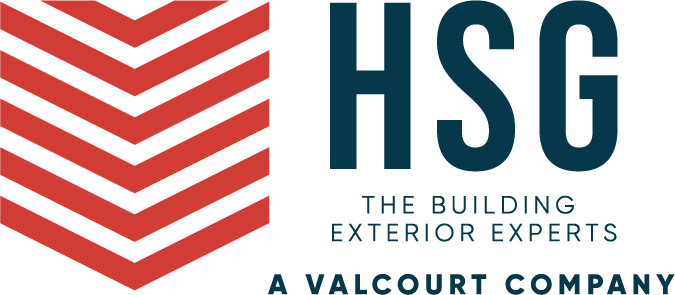“Does suspension equipment (Anchors, Davit/sockets, Swing Stages) require annual inspection even if it hasn’t been used over the past year?”
ANSWER
This question, submitted by Sara Ann from Cushman & Wakefield of CA, addresses an important issue.
The answer is: Absolutely Yes!
Whether you’re talking about your window-washing system’s davit and socket or a Permanently Installed (PI) swing stage system, Cal/OSHA requires all buildings to inspect their suspension equipment at least once a year (Annual/Periodic Inspection) regardless of use. This is to protect the end user. Imagine, if an owner does not want to spend the money to inspect a building’s suspension equipment due to budget, need or even desire. Then something goes wrong. The end user will be the victim of that negligence – and the owner will be liable for it.
Cal/OSHA codes are very clear about this. The building owner is ultimately responsible for the safety of any contractor (painter, glazier, and window cleaner) using the building’s suspension equipment. The contractor is responsible for training the workers in the roof’s proper use.
(Hint: This is a great reason to evaluate your current provider’s (Window Cleaners, glaziers, and or painters) insurance coverage and level of experience. As the president and founder of HSG, I have been a Cal/OSHA license Scaffold, Inspection, & Testing entity since 1995 (SIT #23); Expert Witness since 1997- Present; and consultant for property managers since 1997.)
Please look at the highlighted wording in the Cal/OSHA regulations T8 CCR 3297, which states that the owner has the responsibility to maintain the equipment to its original intent:
(e) Roof Systems. Roof track systems, tie-downs, or similar equipment shall be maintained in proper working order so that they perform the function for which they were intended.
(g) Inoperative Safety Devices. No person shall render a required safety device or electrical protective device inoperative, except as necessary for tests, inspections and maintenance. Immediately upon completion of such tests, inspections and maintenance, the device shall be restored to its normal operating condition.
It does NOT reference anything about inspection being contingent on equipment use.
The code below can be found in The General Industry Safety Orders (GISO), Chapter 4, Title 8, Article 6. See below for the specific wording.
§3296. Inspection and Tests.
(a) Installations and Alterations. All completed building maintenance equipment installations shall be inspected and tested in the field before being placed in initial service to determine that all parts of the installation conform to applicable requirements of this article, and that all safety and operating equipment is functioning as required. A similar inspection and test shall be made following any major alteration to an existing installation.
(1) No hoist in an installation shall be subjected to a load in excess of 125 percent of its rated load.
(2) The building owner shall keep a certification record of each inspection and test required under subsection (a) of this section. The certification record shall include the date of the inspection, the signature of the person who performed the inspection, and the number, or other identifier, of the building support structure and equipment which was inspected. This certification record shall be kept readily available for review by the Division and by the employer.
(b) Periodic Inspections and Tests.
(1) Each installation shall undergo a periodic inspection and test at least every 12 months by the equipment manufacturer, authorized representative, or other qualified person acceptable to the Division. All parts of the equipment, including related building support structures, shall be inspected, and where necessary, tested to determine that they are in safe operating condition.
(2) The building owner shall keep a certification record of each inspection and test required under subsection (b) of this section. The certification record shall include the date of the inspection, the signature of the person who performed the inspection, and the number, or other identifier, of the building support structure and equipment which was inspected. This certification record shall be kept readily available for review by the Division and by the employer.
(3) Building safety devices and equipment as described in Section 3282(p)(1)(A) shall be load tested if damage, corrosion or deterioration affecting the load bearing integrity of building safety devices and equipment is detected or suspected.
(A) The safety device or equipment shall be removed from service until repaired or replaced if testing indicates that the load sustaining integrity of a safety device or equipment has been compromised.
The bottom line is that while Cal/OSHA cannot mandate a building to clean or maintain the exterior, it can and does require that a system shall be in place in the event those services are required. Moreover, Cal/OSHA requires an annual inspection of the equipment, regardless of use.
There are also several CA Labor codes that mandate owners to provide the required safety devices for window cleaning/exterior building maintenance.
To read the Cal/OSHA’s window-cleaning regulations in their entirety, go here.
Sara Ann will receive a $50 Grub Hub gift card because her question was picked. I invite you to submit a Cal/OSHA-related question of your own to Ask Hector. If we use it, you’ll receive a gift card, too. Enter your question at the bottom of this page.


